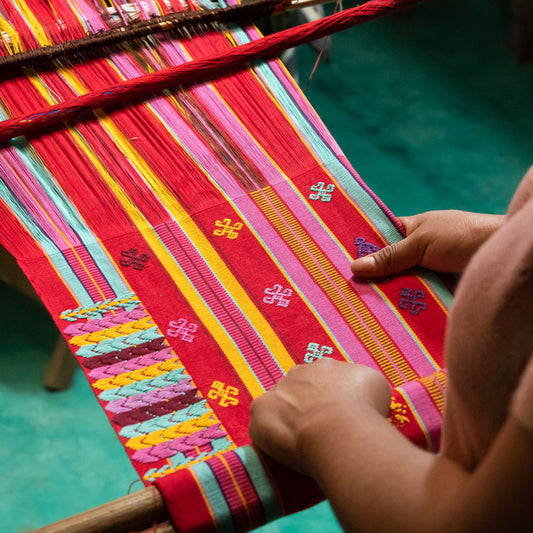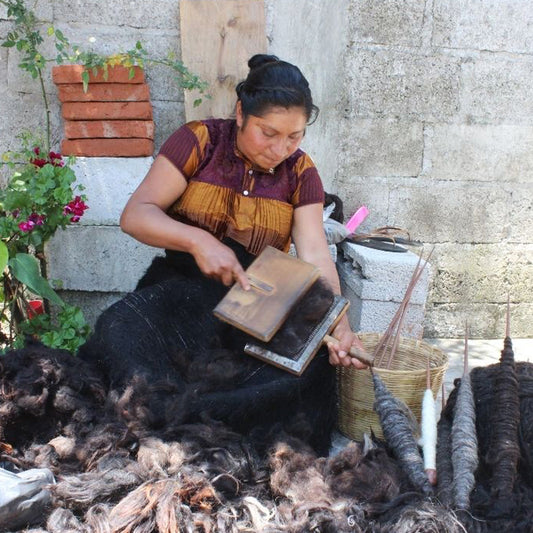
Did you know that every second, the equivalent of a rubbish truck load of clothes is burnt or buried in landfill?
When we think of waste, we often think of the waste we see in our everyday lives, such as what goes into our bins, food waste and single-use plastic.
And whilst reducing waste in these areas is of course very important, it can be easy to forget about the waste streams that are less visible.
Every year, 92 million tons of textile waste are created by the fashion industry alone! And to make this even more shocking, textile waste is estimated to increase by about 60% between 2015 and 2030. To put into perspective just how large fashion's waste problem is: it's the second most polluting industry after aviation.
So where is this waste coming from?
Overproduction: Roughly 30 percent of all clothes made around the world are never sold. In both fast and luxury fashion, these unsold garments are often burned or destroyed.
Overconsumption: Around 56 million tonnes of clothing are bought each year and is expected to rise to 160 million tonnes by 2050. This desire to consume is driven by ever-changing trends and made possible by the glossy low prices of cheap materials, low wages and poor working conditions.
Problematic end of life solutions: In the last 15 years, the time clothing is worn before it is thrown away has fallen by around 40%. Globally just 12% of the material used for clothing ends up being recycled. Less than 1% of what is collected will be used to make new clothing.
Out Of Sight, Out Of Mind
So if our clothing isn't staying in wardrobes and isn't really being recycled, where is it going? According to WRAP, up to 70 per cent of the UK's waste clothes from retail and donation are sent abroad (second only to the US).
This includes clothes donated to charity shops, from which, an estimated 25% goes directly to landfill whilst 40-50% is exported abroad.
Two countries facing the brunt of these exports are Ghana and Chile. Home to Kantamanto, the worlds largest second hand clothes industry, Ghana receive 20 million items of clothing every week from western countries - most of which is unusable. In contrast, much from the 59,000 tonnes of clothing that Chile receives every year have never been worn and still have their labels on.
This flood of used (and unused) clothing on countries such as these is taking its toll, with waste management systems buckling under never-ending mounds of discarded clothing. The waste is polluting both land and sea (with local fishermen sometimes dragging in entire nets of full of clothes), exploiting local workers and harming vulnerable communities.
The worst part of all this? It's not their mess. It's ours.
So what can we do?
In part two of this series, we'll dive into the solutions, looking at those driving change, the role of the circular economy, and answer what we as consumers can do to help.



